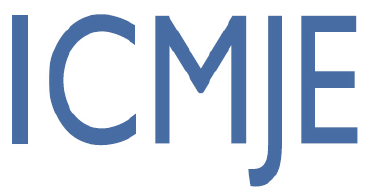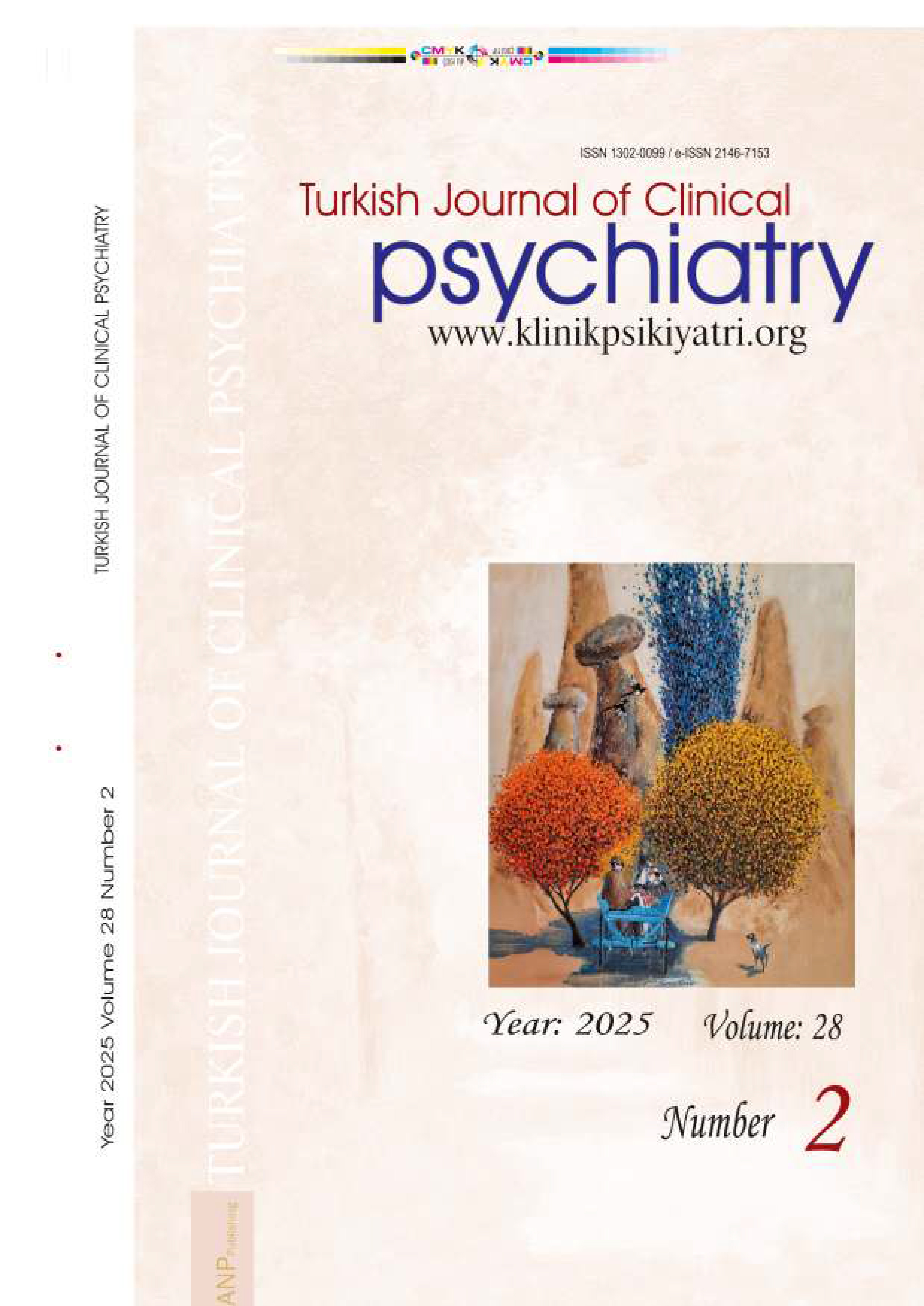





Volume: 2 Issue: 3 - 1999
| REVIEW | |
| 1. | Functional Imaging of the Neurotransmission Systems in Brain Neşe KARABACAK, Selahattin Şenol Pages 143 - 152 Functional imaging modalities such as single photon emission tomography (SPECT) and positron emission tomography (PET) enable imaging and the direct measurement of biochemical and receptor mediated events in central nervous system. Among the various receptor spesific ligands synthesized for imaging with PET and SPECT, mainly dopaminergic, serotonergic, cholinergic, opioidergic and histaminergic pathways have been effectively used to delineate specific information regarding the underlying pathophysiology in various neuropsychiatric disorders as opposed to limited knowledge offered by anatomic imaging modalities in this field. This paper summarizes the various junctional imaging techniques using neurotransmitter specific ligands in neuropsychiatric disorders which reveal the underlying neurotransmitter abnormalities observed in these disorders. |
| 2. | Ethical Issues in Scientific Publishing Yasemin OĞUZ Pages 153 - 159 We cannot claim that a scientific study/research is finished, before it is published. A "good" scientific study deserves that qual-ity namely being “good", only after it is properly declared to the scientific milieu. In this article, ethical issues in preparing and publishing scientific texts and the attitudes towards these issues will be discussed. Scientific publishing ethics is one of the most important areas of discourse in bioethics, which works on the moral actions of the scientists who play a determining role in every step of scientific research until it appears as a printed material. In this article, ethical responsibilities of authors, editors, reviewers and readers are studied. Some of these conducts can be questioned according to law and legislation, but this part is only a small section of all the determining conducts. The crucial point is to clarify what kind of ethical reasoning can be applied to the scientific publications according to the meaning of science. Hence, in this article, there is no list of ethical principles about how to write, evaluate, publish or read a scientific text; but the reader can come out with a notion about "good" scientific study/research after reading through the values mentioned in it and can conclude with some principles which gives way to a "good" scientific work. |
| 3. | Cognitive-Behavioral Approaches in Schizophrenia Treatment Mehmet SUNGUR Pages 160 - 166 Although it is well known that the fundamental psychopathology in schizophrenia, is the structure and content of thought, cognitive-behavioral approaches have hot yet been used sufficiently in treatment of schizophrenia. This paper discusses thi reasons for the insufficient use of cognitive behavioral techniques and the present inevitable need and place of cognitive-behavior threrapy. It also discusses treatment stages such as engagement and rapport building, normalizing rationale and specific techniques used for neuroleptic-resistant positive and negative symptoms. In this context, stress-vulnerability models of schizophrenia and symptoms that might be targets for cognitive strategies are discussed. |
| 4. | Rapid Cycling Bipolar Disorders Nevzat Yüksel Pages 167 - 171 Rapid cycling bipolar disorder is defined as four or more affective episodes yearly. Conventionally recognized the duration of a depressive episode is two weeks. The duration of mania is at least one week and for hypomania it is four days. But it possible that some cases show much faster patterns. Circadian rhythm disreg- ulations, melatonin secretion abnormalities, temperature rhythm disregulations and hypothyroidism might be involved in the pathogenesis of rapid cycling bipolar disorders. It is generally unresponsive to conventional interventions. The treatment modalities of this disorder involve carbamazepine, valproic acid alone or combination with lithium, phototherapy and other treatments, such as thyroid hormones and calcium channel blockers. |
| 5. | Treatment in Bulimia Nervosa Atila EROL, Fadime YAZICI Pages 172 - 178 Psikiyatrik sınıflama sistemine son dönemde giren bulimia ner- voza, yinelemelerle seyreden kronik bir hastalıktır. Etkin tedavi şeklini belirlemek için birçok tedavi yöntemi denenmektedir. Psikofarmakolojik tedaviler içinde antidepresanlar psikososyal tedaviler içinde bilişsel-davranışçı terapi (BDT) öne çıkmıştır. BDT antidepresanlara üstün bulunmuştur fakat diğer psikolojik tedavilere üstünlüğü kesin değildir Farklı bir psikolojik tedavi seçeneği olarak kişiler arası ilişkiler terapisinin (KİT) de etkin olduğu gösterilmiştir. Bu yazıda bulimia nervozanm etiyolojisi ve tedavisi için farklı açıklamalar getiren yaklaşımlar gözden geçirilmiştir. |
| 6. | The Assessment of the Violence Risk and Management of Violent Patient Nesrin DİLBAZ Pages 179 - 188 Assessing and managing violence risk are important for mental health professionals. The author reviews the concept of risk assessment, the relationship between violence and major mental disorders, the insurance of the safety of patient and clinician and the examination of violent patient. The article also discusses the management of violent patient. |
| 7. | Inhalant Abuse and Dependence: Epidemiology, High Risk Groups and Necessity for Prevention Studies Burhanettin Kaya, Erkan ÖZCAN Pages 189 - 196 It is easy to obtain inhalants, because they are used in many products, which are cheap and sold freely everywhere. Inhalant abuse and dependence are common among children and adolescents and may lead to dependencies of illicit drugs in adulthood. So, it is important both to diagnose and to treat inhalant related disorders. Prevention studies are necessary, too. We tried to review the limited number of literature about mostly the prevalence, high-risk groups, and prevention studies of inhalant abuse and dependence. |
| RESEARCH ARTICLE | |
| 8. | The Prevalence of Premenstrual Dysphoric Disorder Young Woman İptisam İpek MÜDERRİS, Ali Saffet GÖNÜL, Seher SOFUOĞLU, Sultan TAŞÇI, Meral BAYATLI Pages 197 - 201 We determined the prevalence of premenstrual dysphoric disor- der in 230 polytechnique student women aged 18-25 years as 8%. None of them was seeking medical help for their complaints. A positive diagnosis required that a luteal variation index obtained was above 30% at least during the subsequent two menstrual cycles. The premenstrual symptom severity ratings of students were compared with those of the clinical sample. The clinical study group was consisted of the women aged 28-43 years and previously diagnosed premenstrual dysphoric disorder. We found that social withdrawal and acne were significantly more severe among the students while headache; leg and thoracic pain and concentration difficulties were significantly more severe in the clinical group. Our findings suggested that premenstrual dysphoric disorder can also be seen under the age of 30 but some symptoms may change and become more sever with age. |










